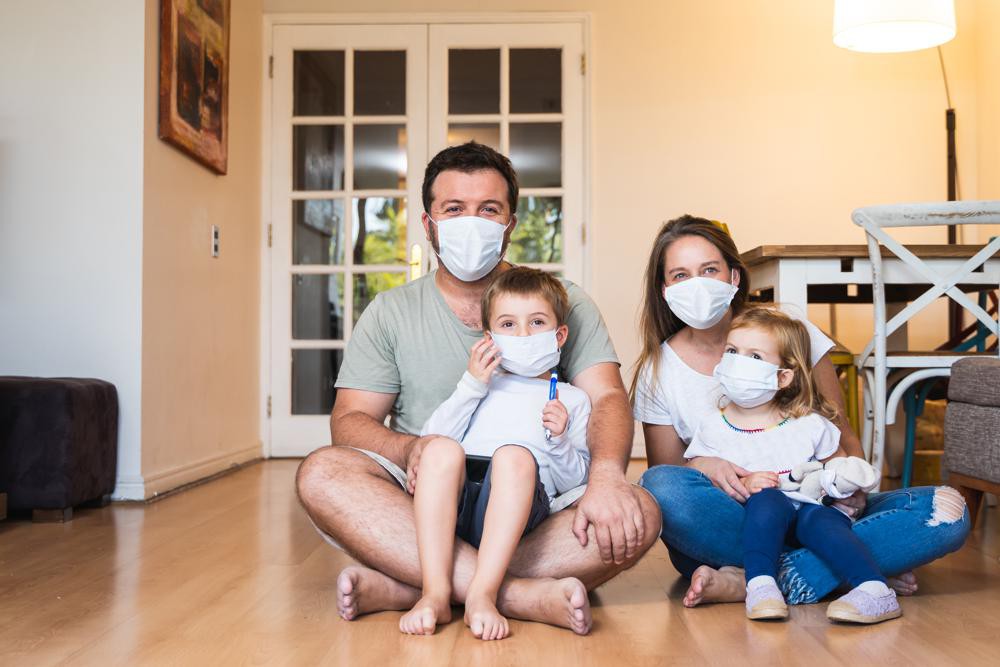By: Craig Selinger, M.S. CCC-SLP, owner of Brooklyn Letters
As a parent, it's natural to be concerned when your child doesn’t meet developmental milestones as quickly as their peers, particularly in language development. Language is foundational to all learning, and a language delay in this area can sometimes be connected to deeper challenges, such as learning disabilities. Understanding this relationship can help you advocate for your child and ensure they receive the support they need.













